Holograms and 48" projection to become reality on phones in 2015, thanks to new bite-sized chips
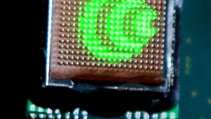
Holograms. Together with flying cars and teleportation, they were the biggest disappointment of sci-fi movies and novels' promises for this generation. Watching the likes of Star Trek, everyone assumed that this stuff will materialize in their lifetime, and by now we'll either be flying a few feet above the ground while going on a burrito run, or straight out get our atoms and molecules disassembled, and then collected again in no time straight in front of the Taco Bell queue. Communication, we thought, would be done via lifelike images of ourselves, and no one will have to travel for conferences any more.
Alas, the hologram thingy still requires bulky projector and mirror systems, and we seem stuck forever with the flat screens of our phones, be they 5.5" Quad HD ones, like on the LG G3. Until now. A California startup, named Ostendo Technologies, has spent almost a decade developing a miniaturized holographic system, whose chip is so small, that it can fit in a smartphone. Their first prototype can beam 2D video on a 48" surface, and the chip is able to control one million pixels individually in terms of beaming angle, color and contrast.
Imagine if everything coming back to you was in 3-D—all of your shopping, all of your gaming, every way you retrieve data.
The next iteration of Ostendo's technology will bring the real 3D holographic experience. Called Ostendo Quantum Photonic Imager, the invention features an image processors, controlling every pixel of an adjacent LED wafer. Six such chipsets were used to beam a 3D demo of a rolling dice, whose display was equally visible from each viewer position, unlike current complex holograms whose quality depends on the viewing angle.The kicker is that Ostendo's Quantum Photonic Imager is able to perfect an image with a very high resolution, compared to conventional methods, too. The projected image was floating with the power of 5000dpi, which is no laughing matter, and Ostendo's chief mentioned that the 3D-capable chip will be in the hands of customer in H2 of 2015, at $30 a pop.
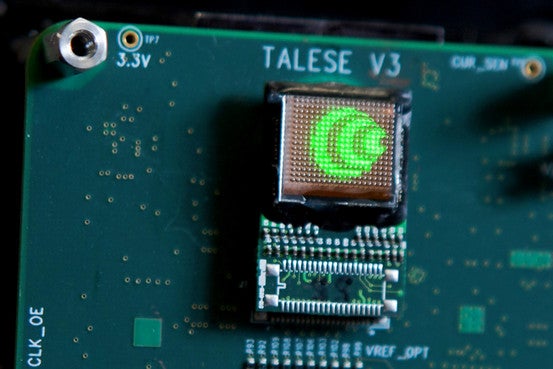
Ostendo's Quantum Photonic Imager can be churning out phone holograms in the second half of 2015
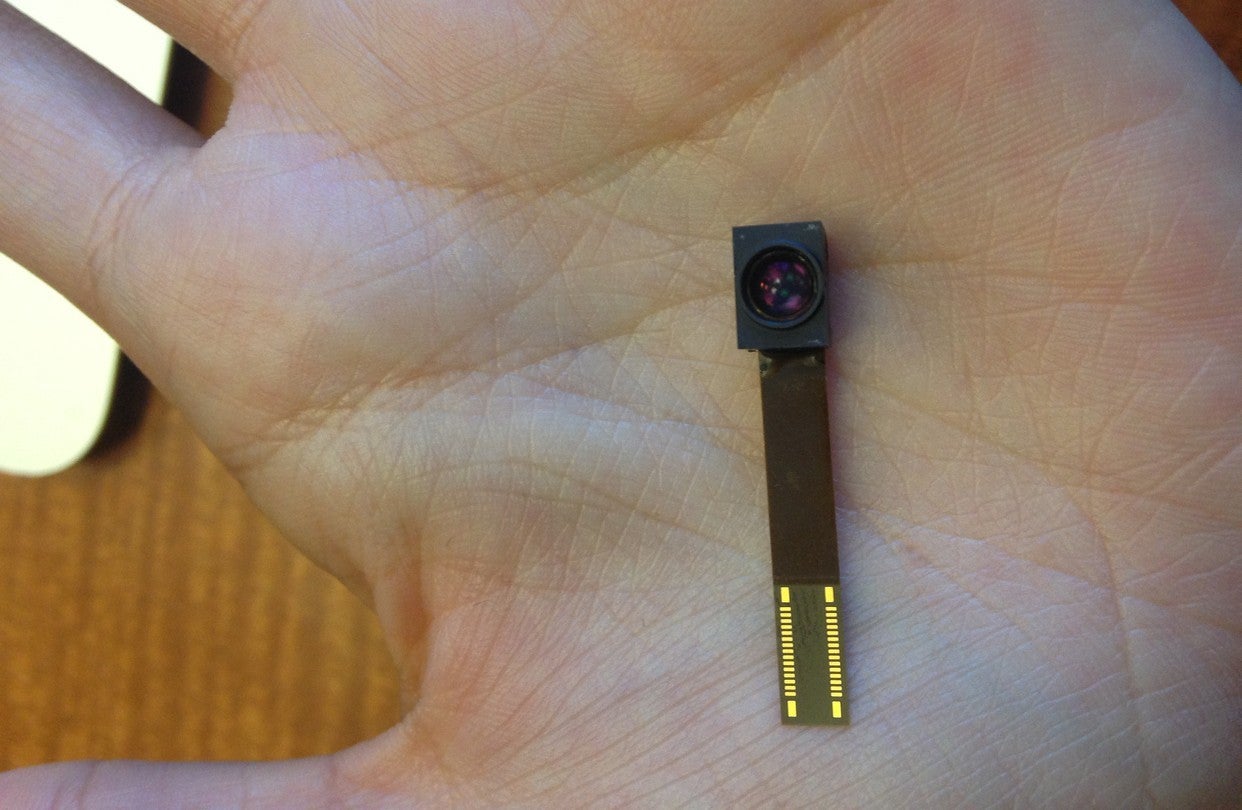
This 48" projector is the size of a phone camera
"Display is the last frontier," said Dr. El-Ghoroury, Ostendo's founder. "Over the years, processing power has improved and networks have more bandwidth, but what is missing is comparable advancement in displays... Imagine if everything coming back to you was in 3-D—all of your shopping, all of your gaming, every way you retrieve data." Yes, imagine that, and it will come very handy just in time before someone decides that a 4K smartphone display is what all users are jonesing for.
source: WSJ
Follow us on Google News








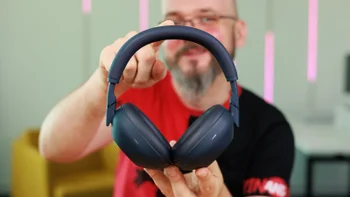

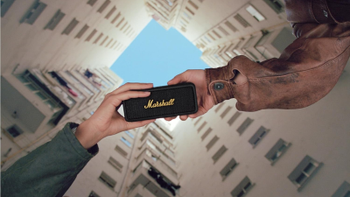
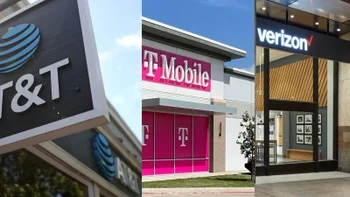
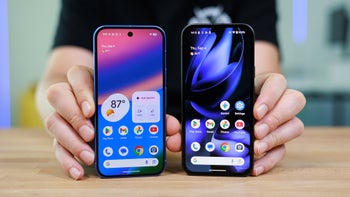

Things that are NOT allowed:
To help keep our community safe and free from spam, we apply temporary limits to newly created accounts: